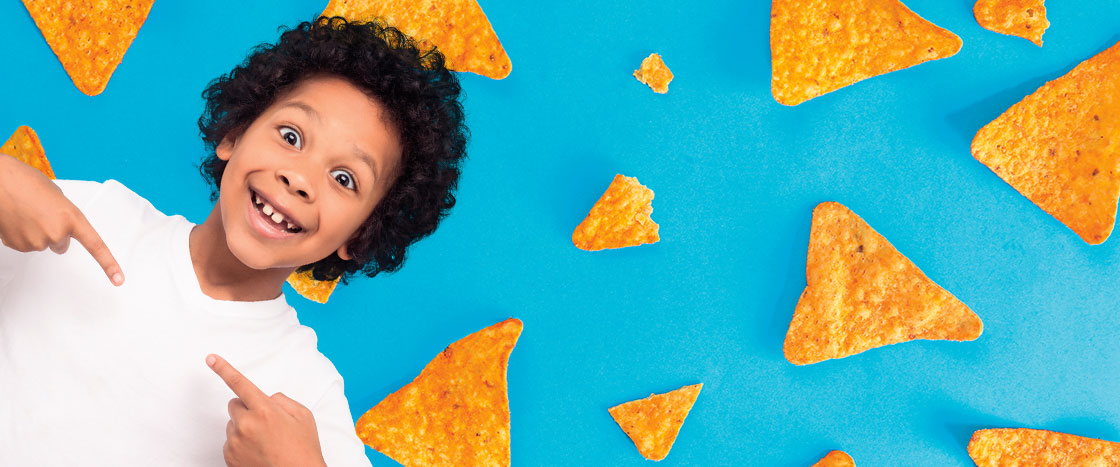They work in secret labs. They do not speak of their research. What they learn can be worth millions of dollars. It can change lives.
Are these scientists working on a cure for a disease? On a new weapon? Nope. Their work is right in front of you. It’s in that fruit juice you’re sipping and in those chips you’re munching. These scientists are called flavorists. They work to make food taste great. They excel at concocting flavors you will love, from a lip-smacking berry for a sports drink to a mouthwatering chili-cheese coating for a pretzel.
Flavorists use thousands of chemicals, oils, and extracts. Some chemicals are natural; they come from plants and animal products. Others are synthetic. Even a simple flavor, like the strawberry taste of a milkshake, may have 50 chemicals in it.
Meet some special scientists. They work in secret labs. They don’t talk about their research. What they learn can be worth millions of dollars. It can change lives.
Are they working on a cure for a disease? Or a new weapon? Nope. Their work is right in front of you. It’s in that fruit juice you’re sipping. It’s in those chips you’re munching. These scientists are called flavorists. They work to make food taste delicious. They’re great at concocting flavors you will love—like a sweet berry taste for a sports drink. Or a mouthwatering chili-cheese coating for a pretzel.
Flavorists use thousands of products. Some are natural. They come from plant or animal products. Others are synthetic, or made in a lab. Think about the strawberry taste of a milkshake. It may have 50 ingredients in it.

